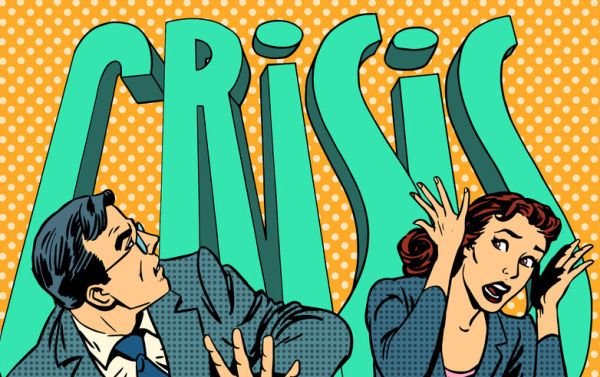Crisis Control
Crisis control is the process by which an organization deals with an unexpected event that threatens to harm the organization or its stakeholders.

General Information
Crises can negatively affect the reputation of the brand, operations, finances, and employees.
A company crisis can happen due to internal factors or something externally. Depending on the severity of a situation is vital to have a Crisis Control plan. Having a strategy is crucial, and especially a team professionally prepared to fix a problem.
Crisis control process
The crisis process means much more than managing the problem itself, even though this is the main section.
- Pre-Crisis
The first step for resolving a crisis is preventing it. It involves creating a good team for this kind of situation and hiring and training a specialized team to develop and implement a crisis plan. Also, is essential to have a clear communication, understandable, and clean for everyone to inform them about the situation and not create a panic situation. Pre-writing crisis messages saves time when the emergency is more critical and must be resolved as fast as possible.
- Crisis Management and Response
The second step of the process implies direct managing of the problem and dealing with it. This stage is when you find the perfect plan and put it in action. Crisis messages are released, and employees are in contact and always updated on the situation. You and your crisis team must resolve the problem before the damage increases and affects, even more, the brand’s name and other parts of it.
- Post-Crisis
When you pass the crisis successfully, it is imperative to remain in contact with your employees, customers, followers, etc., to announce that the storm has passed and everything is going back to normal around your business. After the crisis has been resolved, you must answer questions from everyone interested in your business. Finally, conclude with your crisis team what have you resolved, how good was the plan, analyze the rate of success, and see if there is something to modify on the project.
Types of crises:
Financial crisis: Experiencing a drop in selling, products, or services.
Losing the value of any of these elements might cause the difficulty of paying debts and the incapacity of buying materials for productions.
Personnel crisis: This occurs when employees or someone associated with the company’s name is involved in an action that is considered unethical, illegal, or harmful for the business.
Organizational crisis: This happens when a brand is engaging wrongfully with the customers by taking actions that impact buyers negatively. An example of this situation is represented by keeping away important information from customers when they deserve to know what they are investing in.
Technological crisis: When servers go down, software crashes or another technical system suffers difficulty in operating.
It might cause losing a large amount of confidential data or revenue.
Natural crisis: Tornados, floods, hurricanes, and storms are examples of genuine emergencies that have enough power to ultimately damage a business space or any area owned by the company.